This is an exerpt from the book, Redfish on the Fly, by Capt. John Kumiski
It was a redfish fisher’s dream, a school of at least 500 fish, swimming fast, up on top, crashing bait all around us, one of the finest sights in all of angling, and one that one doesn’t see very often in the Mosquito Lagoon.
Rob Ricks was trembling with excitement. He had caught exactly one redfish on fly in his life, and badly wanted another. It was practically certain that the deed would now be done.
“Cast out in front of them, and just make it look alive,” I told him. Rob was a weak caster. When he got the fly in the water, not very far away, there was so much slack in the line that the cast was useless. “Try it again,” I said. “Lead them, put it where they’re going and let them swim into it.” Rob tried again with the same result. And again, and again, and again.
Finally the fish disappeared. We’d caught exactly none. The moral to this story? Your casting must be second nature in order to take advantage of opportunities, especially once in a lifetime opportunities like this one was. But it’s a great segue into this section’s premise- after locating the redfish, how you present the fly to them is the single most important variable in getting one to bite, much more important than what’s at the end of your leader.
Read the rest of this article at this link: Redfish- Presenting the Fly
Or, read the book Redfish on the Fly. Find it at this link: Redfish on the Fly
What are your favorite ways to present flies to reds? Let us know in the comment box below, please!
John Kumiski
|
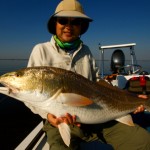
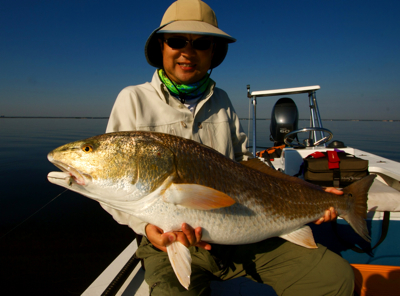
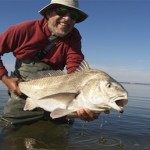
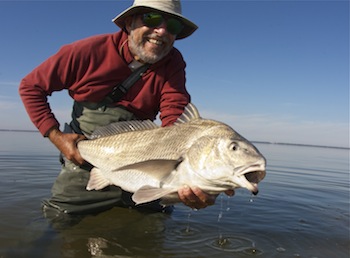
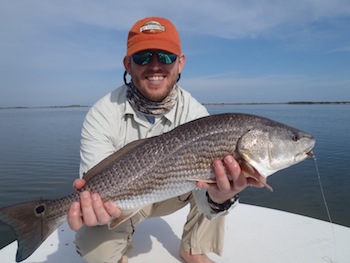
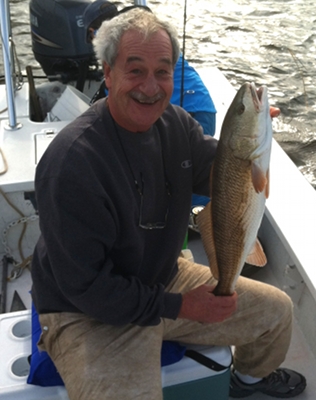

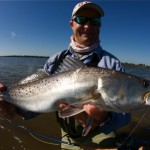
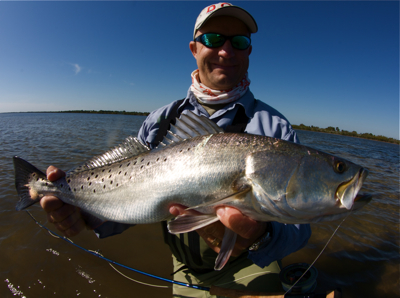
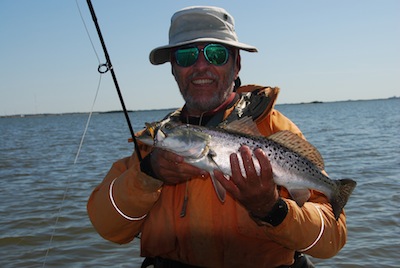
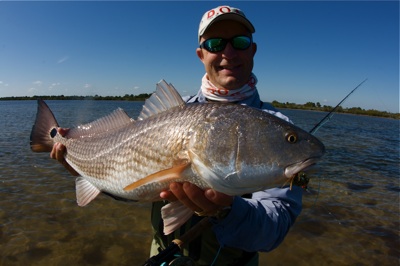
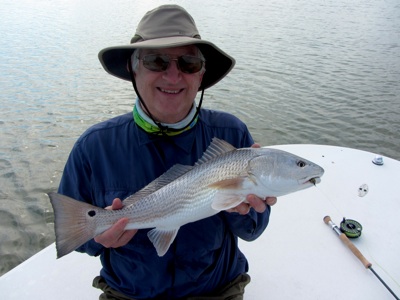
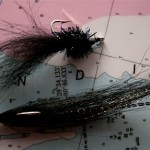
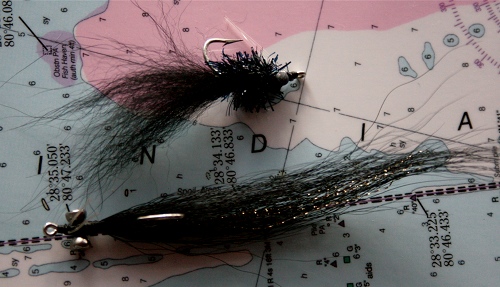
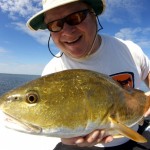
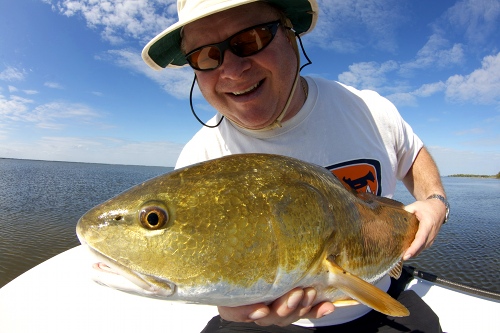
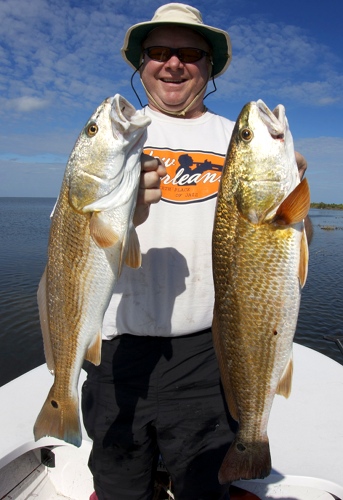
Recent Comments